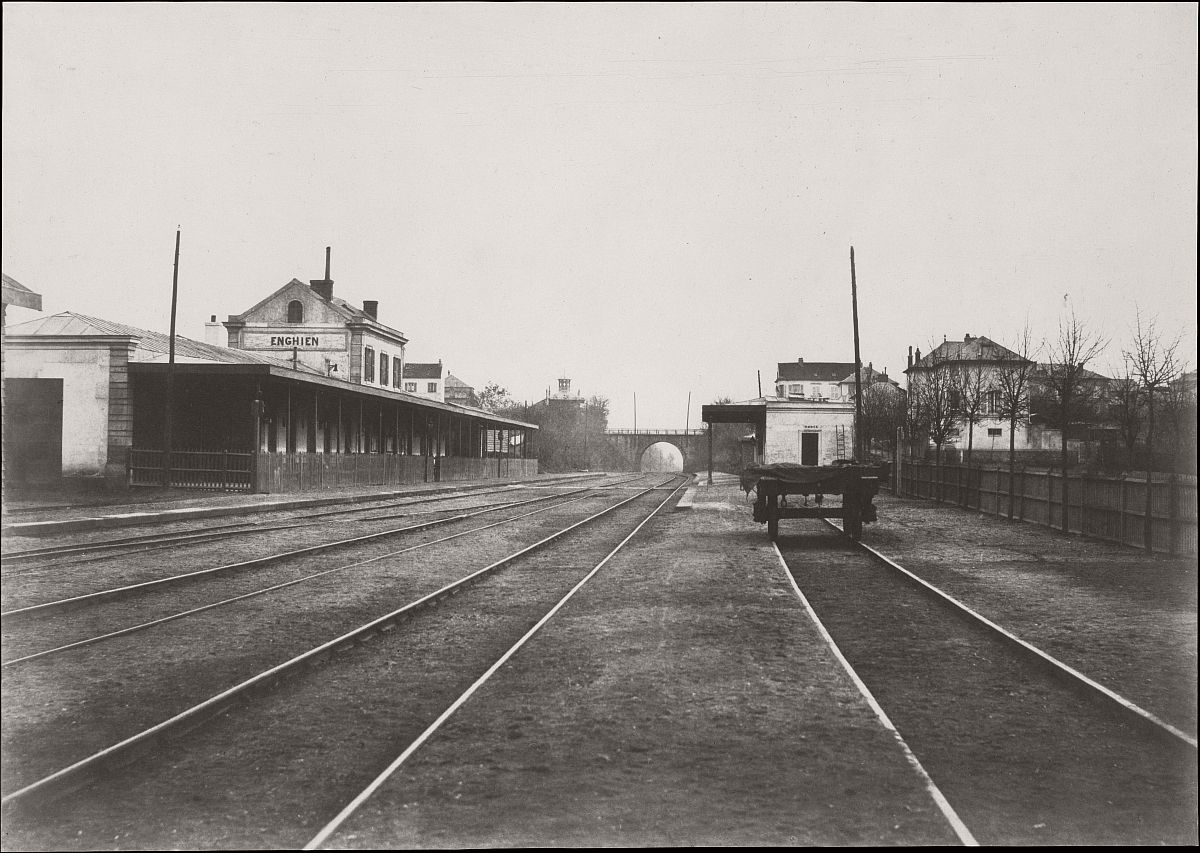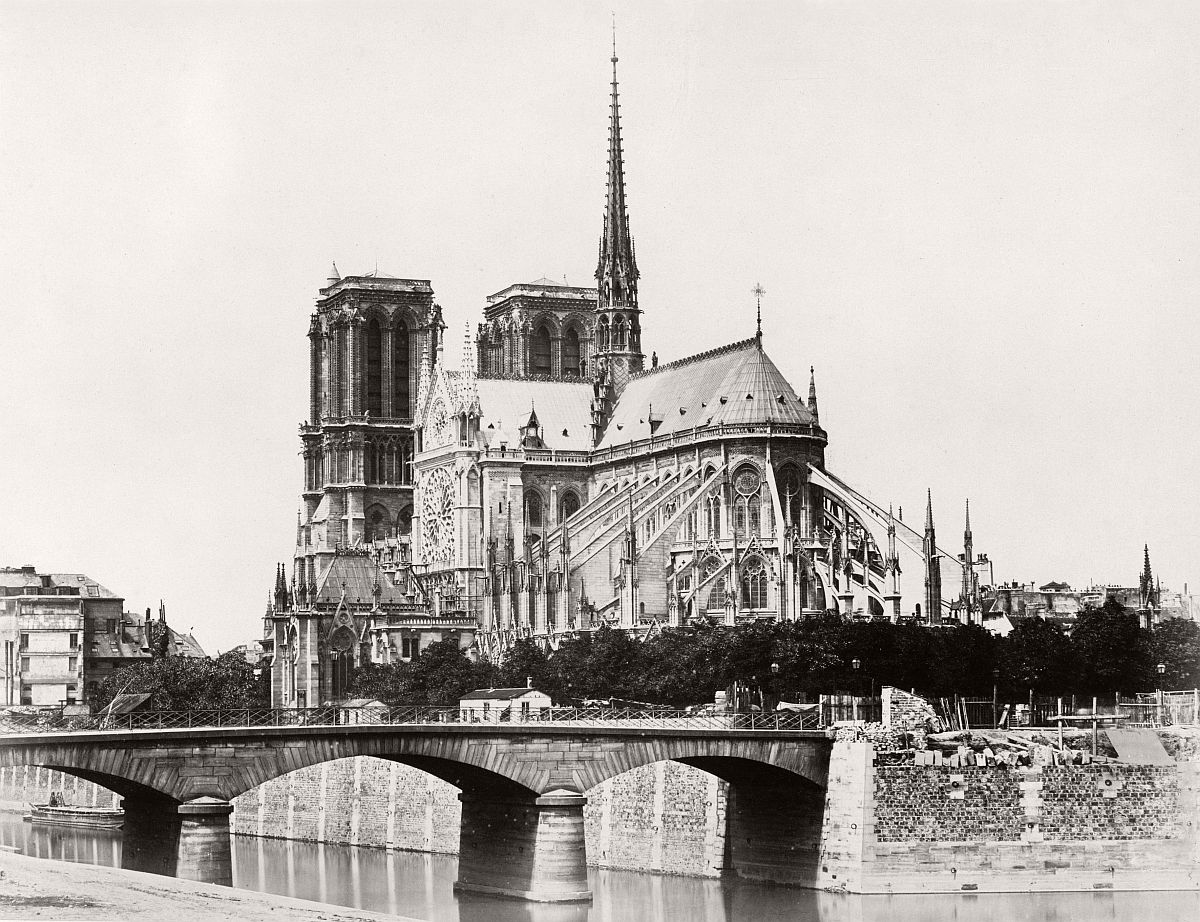Édouard-Denis Baldus was a French landscape, architectural and railway photographer born in 1813 in Grünebach, Prussia. He originally trained as a painter and had also worked as a draughtsman and lithographer before switching to photography in 1849.
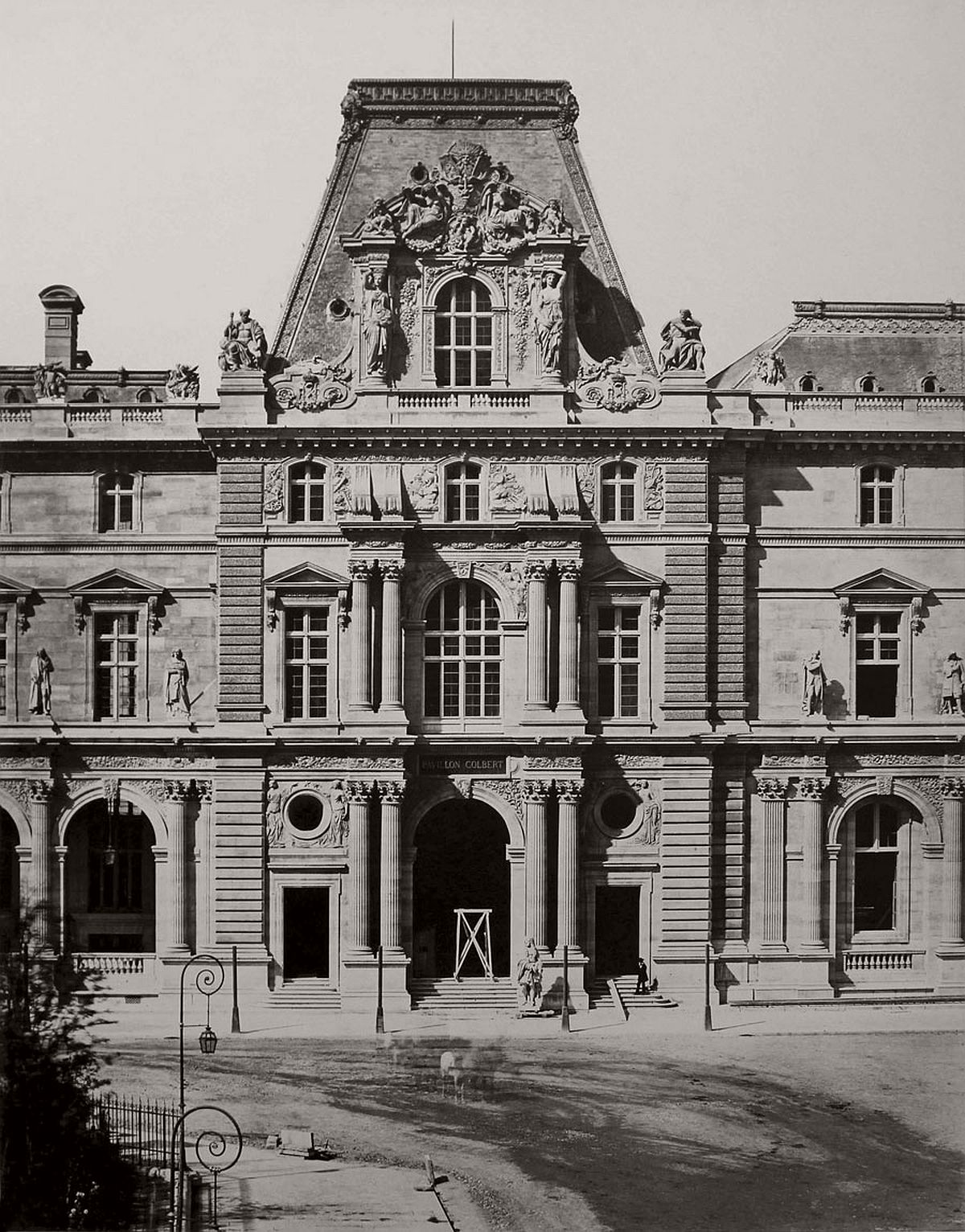
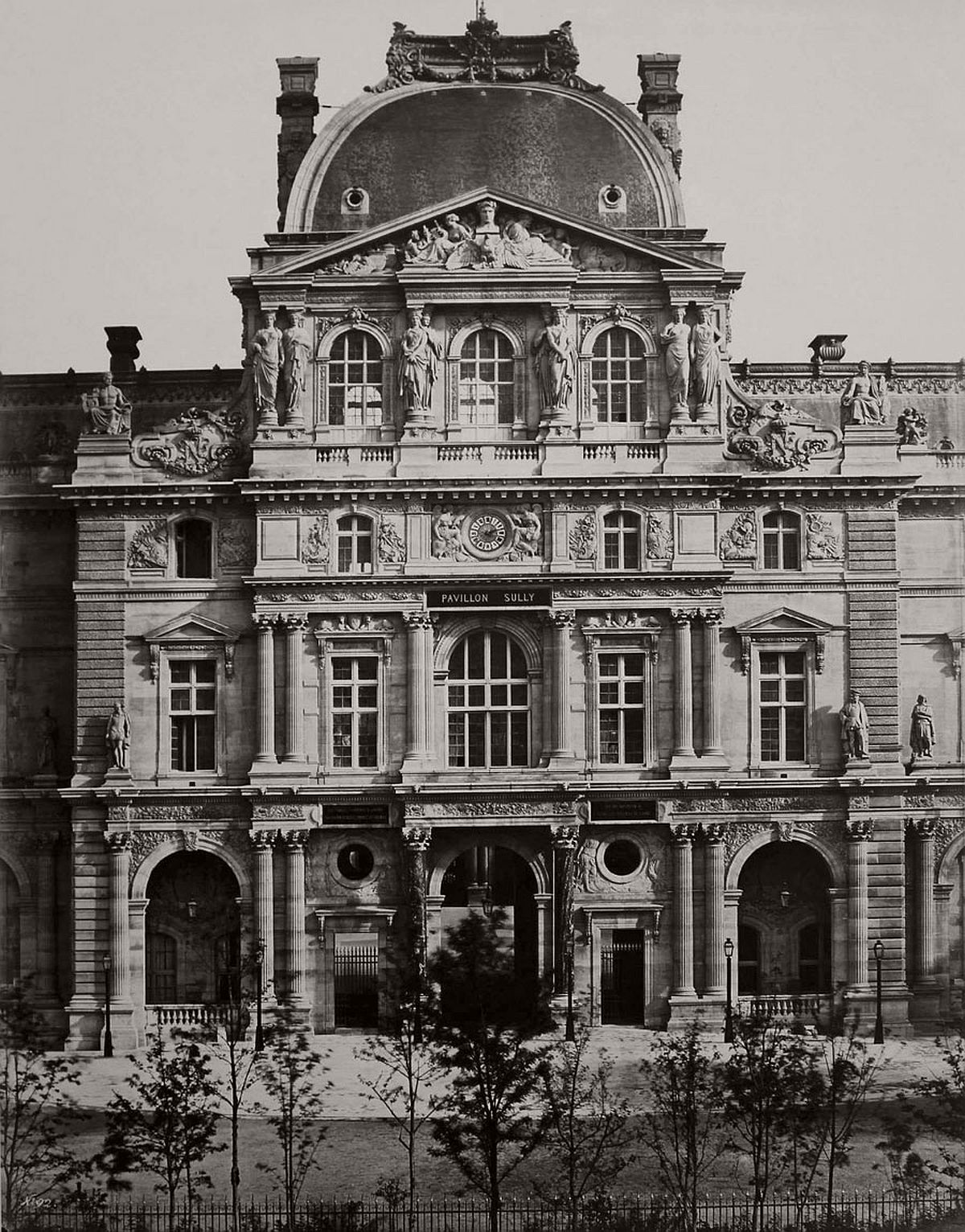

At twenty-five-year-old Édouard Baldus arrived in Paris to study painting in 1838, shortly before Louis Daguerre first showed his magically precise photographic images to the world. In Paris, the self-taught Baldus worked outside the École des Beaux-Arts and atelier system, but submitted work to each of the annual Salons of painting and sculpture in Paris from 1841 to 1851. As a painter he met with little success and achieved no critical mention, but in the decade that followed, from 1851 to 1861, Baldus abandoned the easel and took up the camera, rose to the top of his new profession, won international critical acclaim, secured commissions from government ministries and captains of industry, and created a body of photographs now considered early masterpieces of the art.
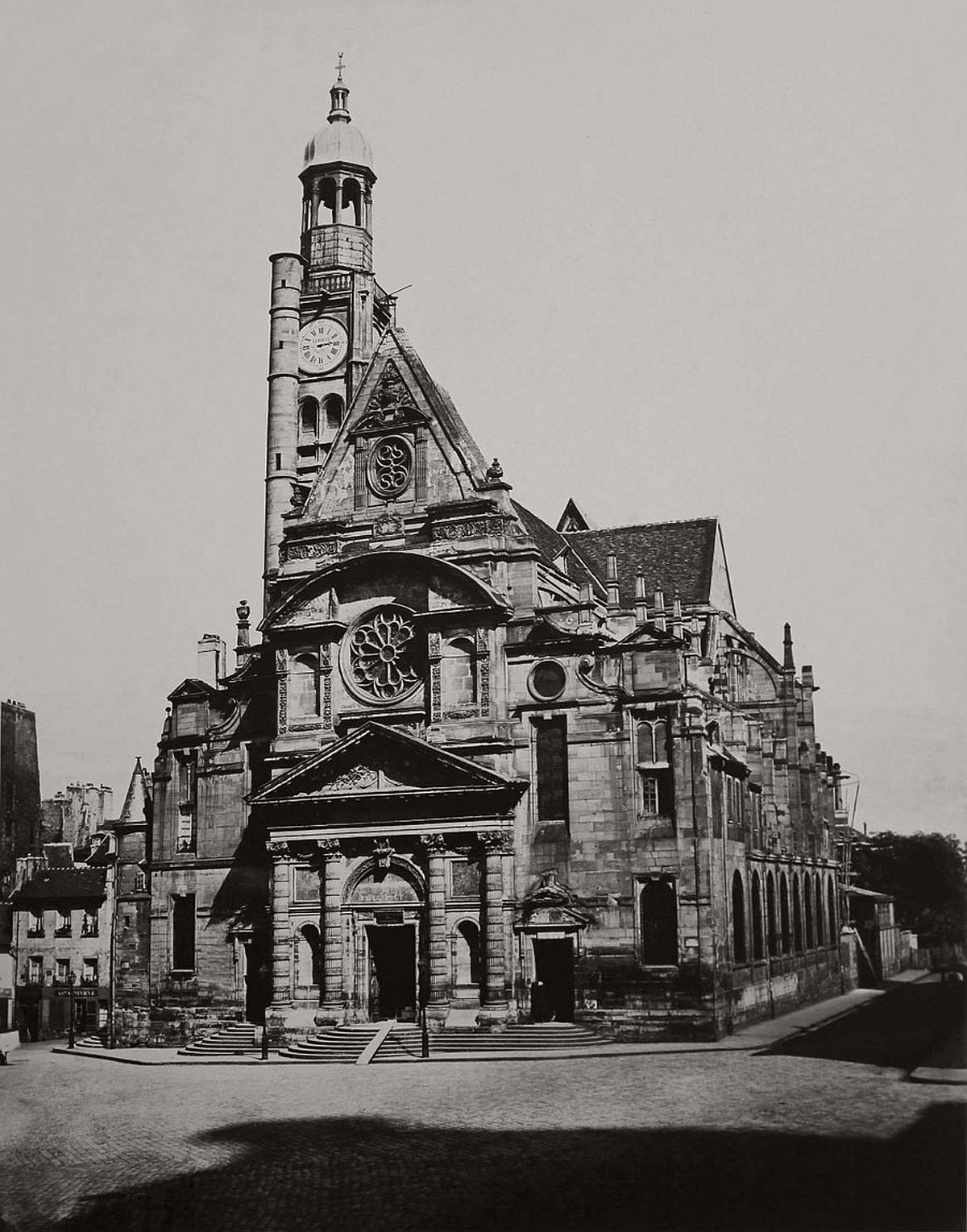
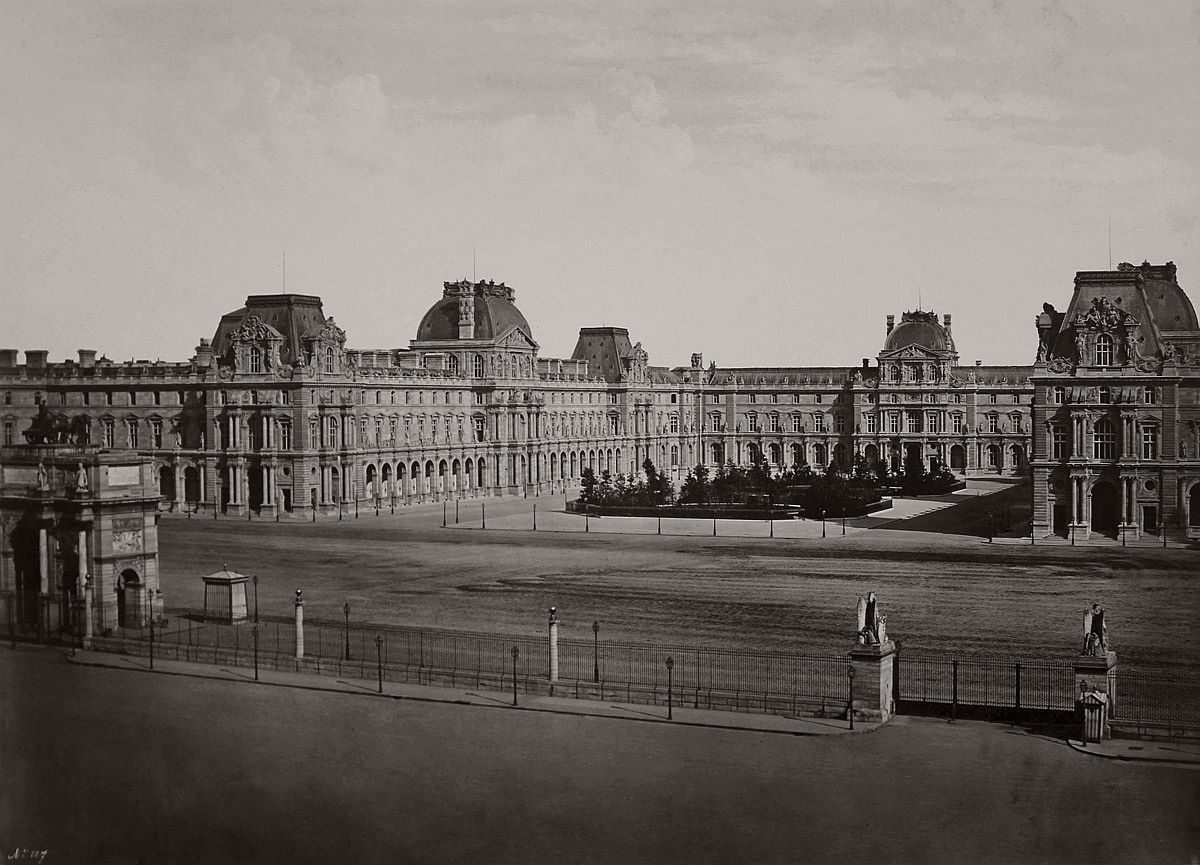
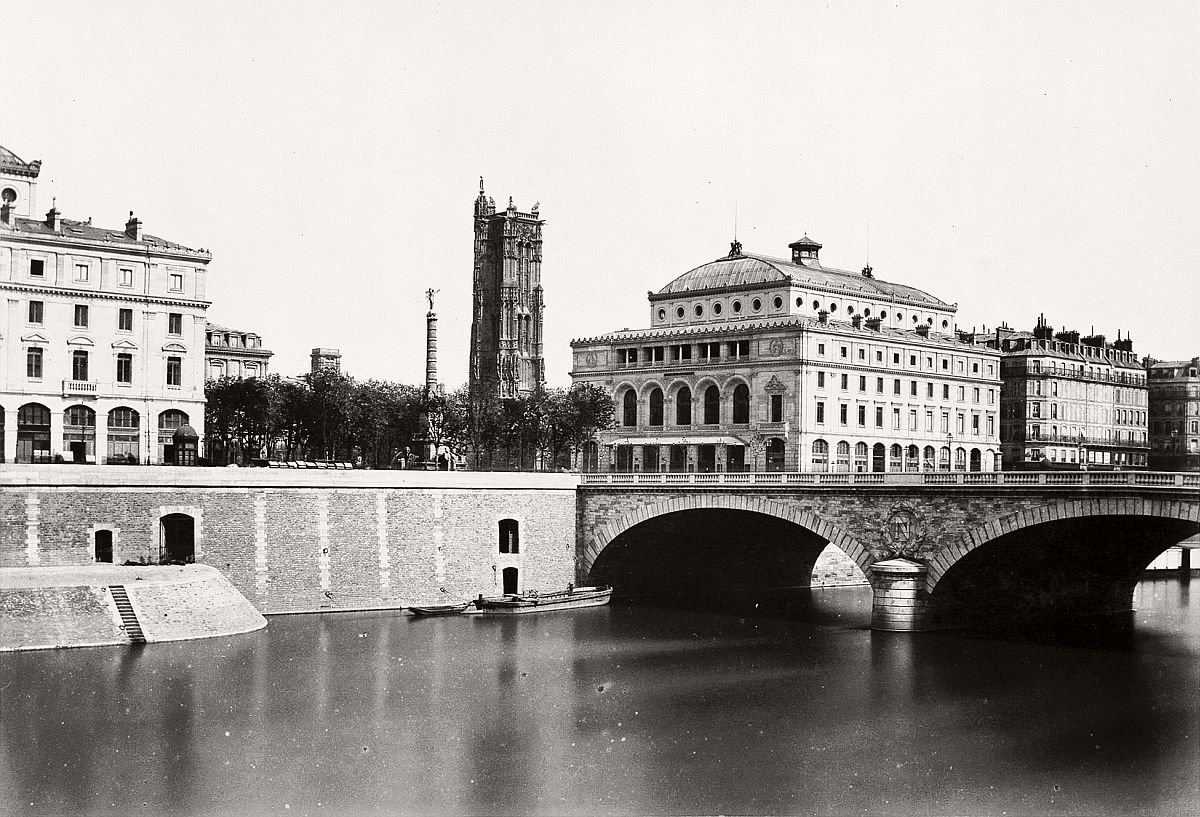
Baldus first experimented with photography in the late 1840s, when the negative-positive process for paper photographs, invented by the Englishman William Henry Fox Talbot, began to flourish in France. By 1851, he was recognized as one of the few photographers to combine aesthetic sensitivity with an astonishing technical prowess in the still experimental and handcrafted medium.
He was commissioned for the Missions Héliographiques by the Historic Monuments Commission of France to photograph historic buildings, bridges and monuments, many of which were being razed to make way for the grand boulevards of Paris, being carried out under the direction of Napoleon III’s prefect Baron Georges-Eugène Haussmann. The high quality of his work won him government support for a project entitled Les Villes de France Photographiées, an extended series of architectural views in Paris and the provinces designed to feed a resurgent interest in the nation’s Roman and medieval past.
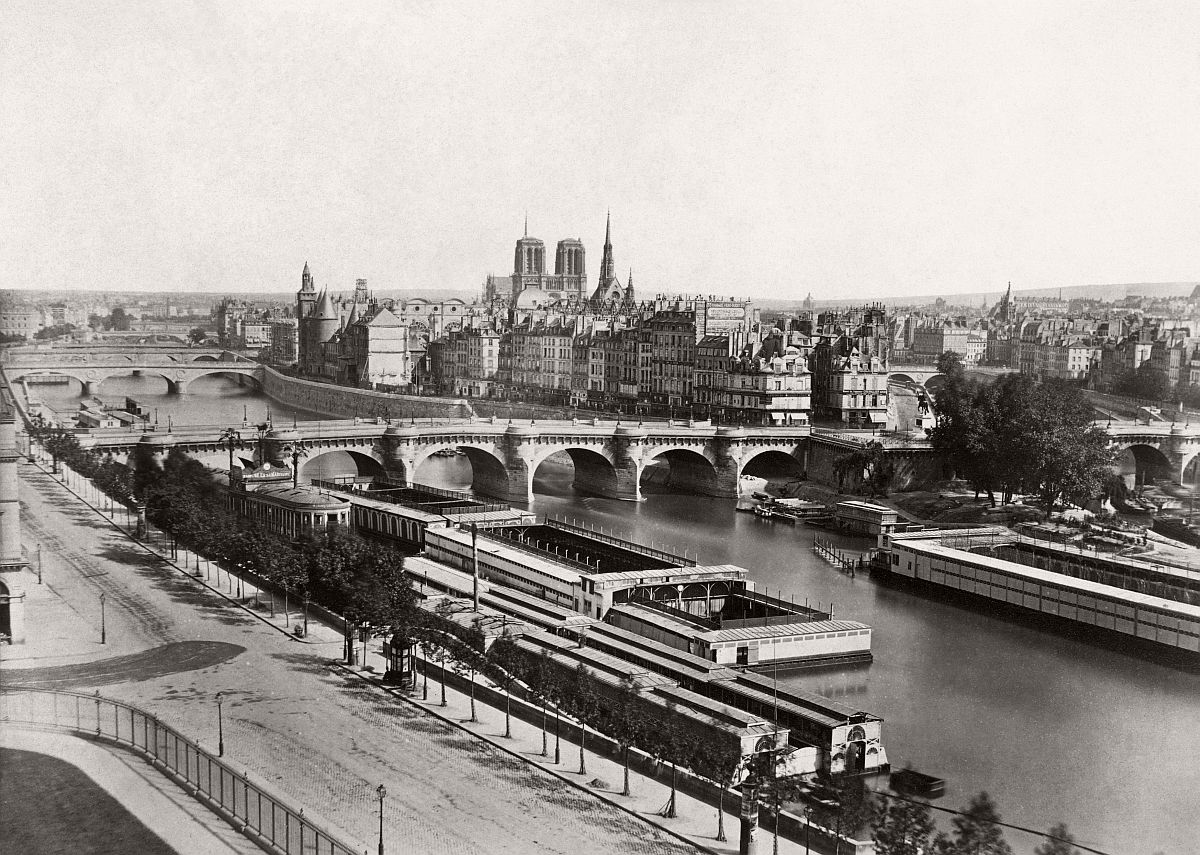
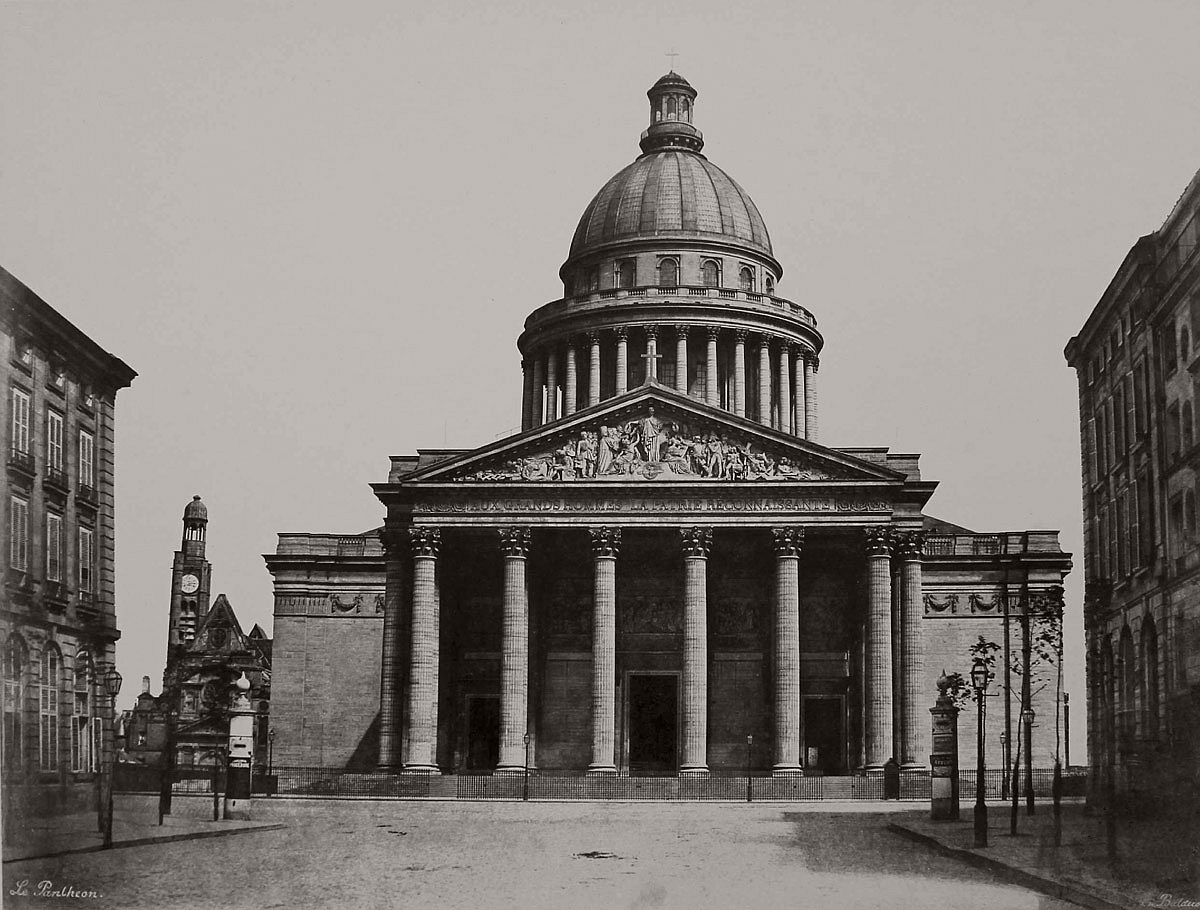
By 1855, Baldus had established a reputation as the leading architectural photographer in France, and his pictures drew much public attention and critical notice at the 1855 Exposition Universelle in Paris.
During the same year, Baron James de Rothschild, President of Chemin de Fer du Nord, commissioned Baldus to do a series of photographs to be used as part of an album that was to be a gift to Queen Victoria and Prince Albert as a souvenir of their visit to France that year. The lavishly bound album is still among the treasures of the Royal Library at Windsor Castle. In 1856, he set out on a brief assignment to photograph the destruction caused by torrential rains and overflowing rivers in Lyon, Avignon, and Tarascon. He created a moving record of the flood without explicitly depicting the human suffering left in its wake.
Baldus was well known throughout France for his efforts in photography. One of his greatest assignments was to document the construction of the Louvre museum. He used wet and dry paper negatives as large as 10×14 inches in size. From these negatives, he made contact prints. To create a larger image, he put contact prints side by side to create a panoramic effect. He was renowned for the sheer size of his pictures, which ranged up to eight feet long for one panorama from around 1855, made from several negatives.
Despite the documentary nature of many of his assignments, Baldus was inventive in overcoming the limitations of the calotype process. He often retouched his negatives to blank out buildings and trees, or to put clouds in white skies; in his composite print of the medieval cloister of St. Trophime, in Arles (1851), he pieced together fragments of 10 different negatives to capture focus in depth in a panoramic view of the interior space and also render detail in the brightly lit courtyard outside.
Édouard Baldus died in 1889 in Arcueil, France.
